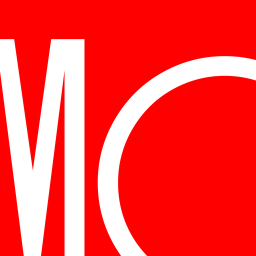JPMorgan Small Cap Growth Fund earns an Above Average Process Pillar rating.
The primary contributor to the rating is its parent firm's impressive long-term risk-adjusted performance, as shown by the firm's average 10-year Morningstar Rating of 3.3 stars. The parent firm's five-year risk-adjusted success ratio of 55% also supports the process. The measure indicates the percentage of a firm's funds that survived and outperformed their respective category's median Morningstar Risk-Adjusted Return for the period. Their respectable success ratio suggests that the firm does well for investors and that this fund may benefit from that. Lastly, the process is limited by the number of months that the management team has been running this vehicle together.
This strategy hews closely to the market cap and investment style of its Small Growth category peers. Analyzing additional factors, this strategy has held more highly liquid stocks compared to Morningstar Category Peers in the past few years. More-liquid assets contribute to more-flexible exit strategies without price changes and tend to be a ballast during market selloffs. For example, if the portfolio faces successive redemptions in a short period of time, it will be less likely to suffer from a significant loss. In recent months, the strategy was more exposed to the Liquidity factor compared with its Morningstar Category peers as well. The strategy has also had a defensive tilt, demonstrated by lower exposure to the quality factor than peers in recent years. This means the fund has avoided holding companies that are consistently profitable, growing, and have solid balance sheets. Such positions do not tend to provide much ballast for a portfolio. Similarly, in recent months, the strategy also had less exposure to the Quality factor than peers. In addition, this strategy has exhibited a tilt toward higher-volatility stocks in these years, meaning companies that have a higher historical standard deviation of returns compared with peers. This contributes to a higher-risk, higher-reward approach. In this month, the strategy also had more exposure to the Volatility factor over its peers. More information on a fund and its respective category's factor exposure can be found in the Factor Profile module within the Portfolio section.
The portfolio is overweight in technology by 5.4 percentage points in terms of assets compared with the category average, and its consumer cyclical allocation is similar to the category. The sectors with low exposure compared to category peers are financial services and communication services, with financial services underweighting the average portfolio by 4.9 percentage points of assets and communication services similar to the average. The portfolio is composed of 136 holdings and its assets are more dispersed than the typical peer in the category. In the most recent disclosure, 17.6% of the portfolio's assets were concentrated in the top 10 fund holdings, compared to the category average's 26.1%. And in closing, in terms of portfolio turnover, this fund trades less regularly than the typical peer in its category, which may result in a lower cost to investors.

